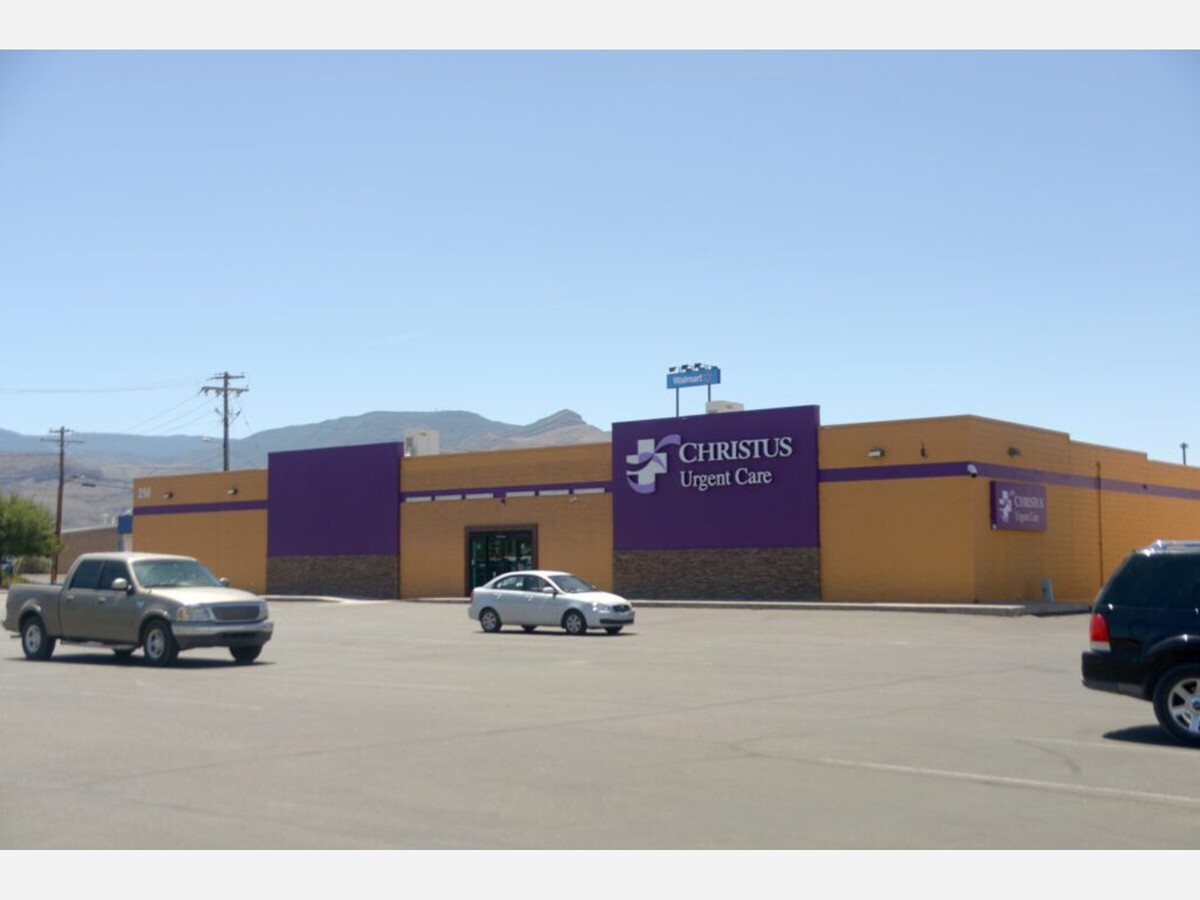Image


Public health and the care for the elderly, those economically challenge, the poor and at risk populations all are about to face significant challenges under the new budget that passed at the federal level. Approximately half of local public health department resources are sourced from CDC grants in most New Mexico Counties. A 55 percent cut at the federal level would, all else equal, translate into up to a 50 percent reduction in Otero County’s CDC‐funded programs (e.g., disease surveillance, vaccination clinics, environmental health.)
Specific to healt care via the CHRISTUS Health system which dominates the Alamogordo health care market, ss state-directed payments are cut, hospitals will also have to contend with a rise in the uninsured population, which is expected to increase by 10 million under the legislation and add $433 billion to hospitals’ uncompensated care costs from 2025 to 2034.
Safety-net hospitals in rural communities such as Alamogordo are especially vulnerable because they treat large numbers of Medicaid and uninsured patients.
Per Beekers Hospital Review, leaders from some of the nation’s largest Catholic health systems — CommonSpirit Health, SSM Health, Avera Health, Christus Health (the dominate local health care provider) and Covenant Health were united in opposition proposed Medicaid cuts, warning that the legislation would deepen financial instability for hospitals, restrict access to essential services and endanger care for millions of Americans.
Collectively, these systems operate hundreds of hospitals and clinics across rural, suburban and urban areas — delivering care to tens of millions of patients annually, including millions enrolled in Medicaid.
Sister Mary Haddad, president and CEO of the Catholic Health Association of the United States, called the proposals were “unconscionable” in scope, pointing to proposed limits on provider taxes, state payments, and retroactive coverage, along with expanded work requirements and reduced support for immigrant populations.
“Based on our preliminary review, even more restrictions on provider taxes, state payments, work requirements and care for immigrants will occur,” Ms. Haddad said. “
The CHA estimates the legislation could cause more than 10 million people to lose coverage and criticized the bill’s failure to extend ACA premium tax credits set to expire in 2025.
“These harmful proposals threaten the health and stability of the very communities we’re called to serve,” Ms. Haddad said.
Christus Health: ‘These are real people and real consequences’
Gabriela Saenz, Senior Vice President at Christus Health, which serves communities across Texas, Louisiana and New Mexico, said more than 60% of the system’s patients rely on government programs such as Medicaid.
“We are sounding the alarm because this really would be devastating to the people that we serve,” Ms. Saenz said.
Ms. Saenz warned that the cuts in state-directed payments would devastate the infrastructure that enables Christus to serve vulnerable communities. Innovative, non-reimbursed programs — such as rural nurse practitioner outreach efforts — would also be endangered.
“These are real people and real consequences,” she said.
Christus Health, now operating Gerald Champion Regional Medical Center, serves a population where nearly half of residents are covered by Medicaid. That’s a significant payer mix, especially for a rural hospital. Cuts to Medicaid would likely:
Christus has a charity care policy for patients under 300% of the federal poverty level, but that’s a stopgap—not a substitute for stable Medicaid funding.
Medicaid reimbursement shortfalls—once block grants and eligibility work-requirement policies take effect it will the local system due to high Medicaid use. While exact figures for Otero County aren’t yet published for this year. Christus Health, now operating Gerald Champion Regional Medical Center, serves a population where nearly half of residents are covered by Medicaid.
U.S. Senators Merkley and colleagues reviewed data from the UNC Sheps Center and warned that 15 New Mexico hospitals—each ranking in the top 10% nationally for share of Medicaid patients—could be forced to close without those supplemental Medicaid payments.
Otero County’s healthcare system is already under pressure:
With the passed federal budget cuts in health care, Otero County could see:
According to the Joint Economic Committee:
This would disproportionately affect rural counties like Otero, where Medicaid is a lifeline for low-income families, seniors, and people with disabilities.
A roundtable hosted by Sen. Heinrich and hospital advocates highlighted that six to eight facilities—primarily in southern and rural counties—could shutter within 18 months, triggering a domino effect from Las Cruces up to Santa Fe. Loss of any single provider in this network would reverberate statewide.
Although the public summary does not name the hospitals specifically, the state’s lowest-revenue hospitals with the heaviest Medicaid reliance have facilities in Cibola, Grant, Hidalgo, Lea, Lincoln, Otero and Roosevelt counties.
With 836,000 New Mexicans enrolled, nearly 40% of the states population, New Mexico leads the nation in per capita Medicaid coverage.
A Legislative Finance Committee analysis presented to lawmakers estimated the cuts will decrease Medicaid spending in New Mexico by more than $1 billion through 2034.
"It's a gut punch at its worst for people all across New Mexico," stated New Mexico Senator Ben Ray Luján.
Sources:
i suspect many voters believe that federal budget shuffling will not have any effect on them personally. but, taking funds from various programs benefiting the working class, poor and retirees - to give tax breaks to people who already have more money than we can imagine....will have a "trickle down" effect on multitudes who thought themselves exempt. already doctors are being discharged from local hospital staffing, and similar decisions are being made in medical practices, where they depend on medicaid disbursements for financial stability. many rural areas - not just otero/lincoln counties - are going to see medical services become harder to access.